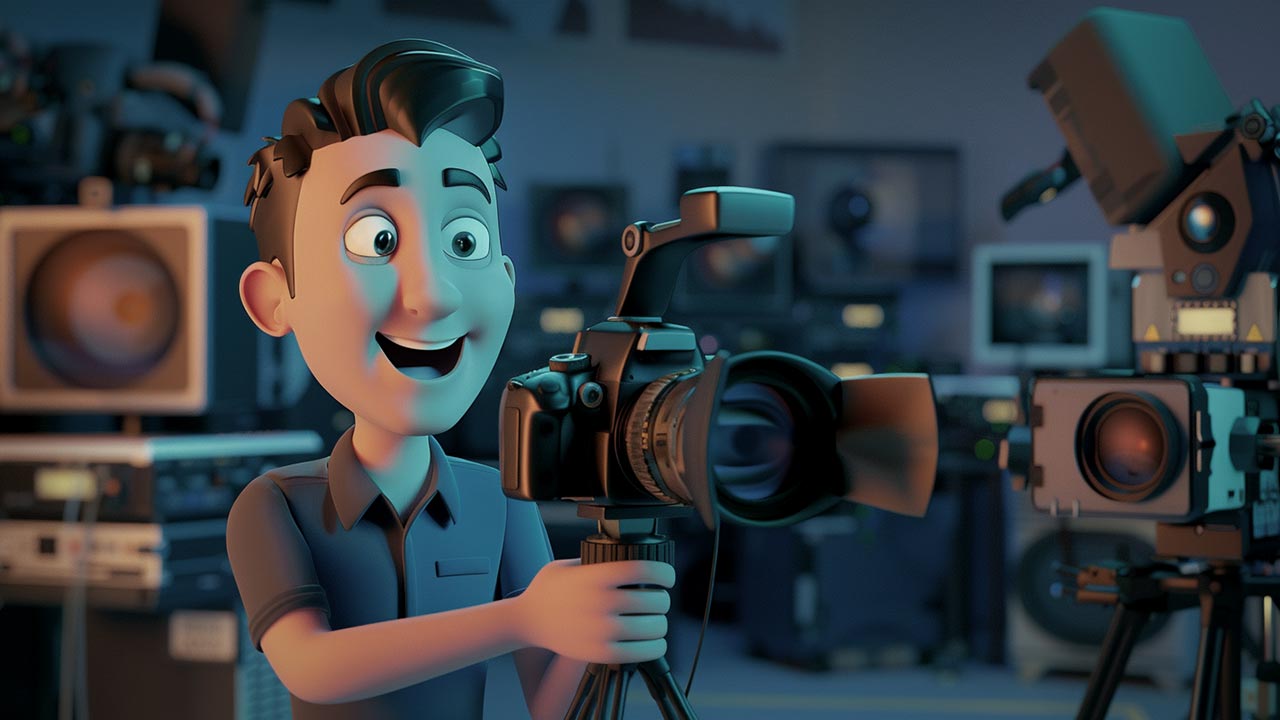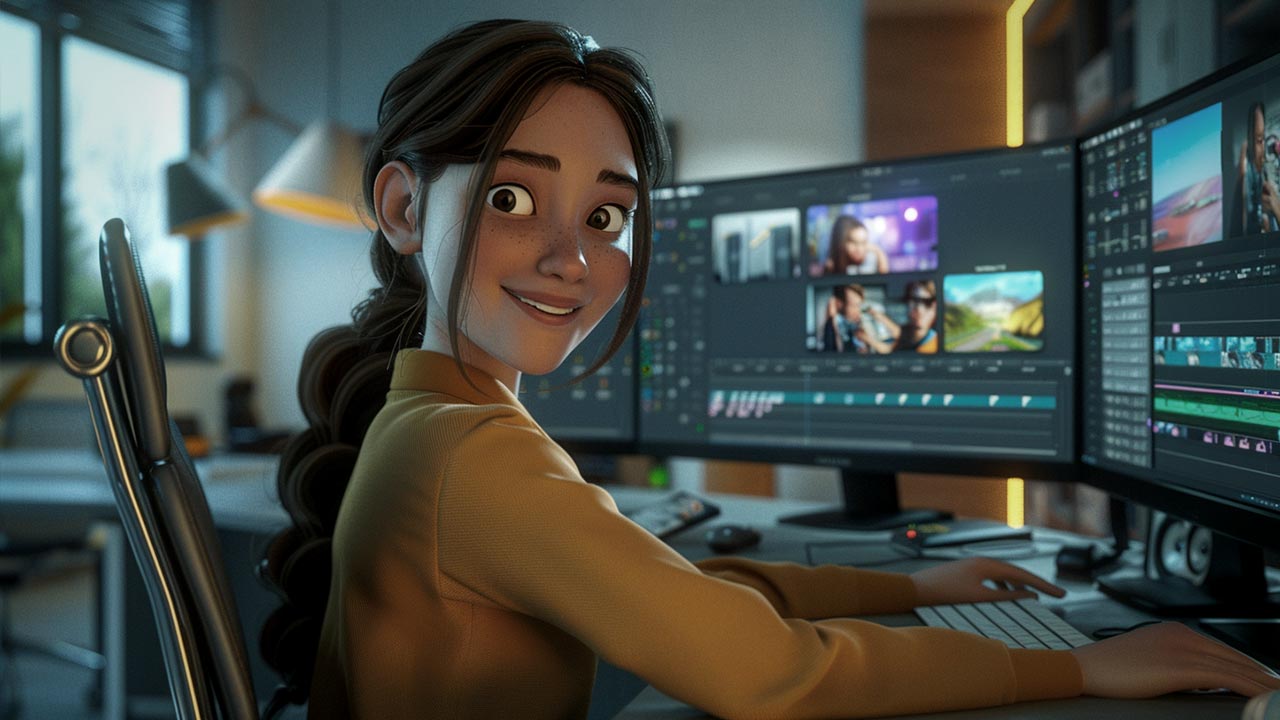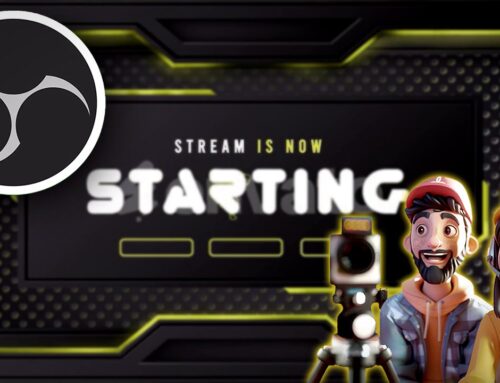DIY Media Production for Beginners
Creating media content has become more accessible than ever. Whether you’re looking to start a YouTube channel, produce a podcast, or create stunning visuals for social media, DIY media production allows you to take control of your creative process without breaking the bank. This guide will walk you through the essentials, from equipment to post-production, and help you launch your media projects like a pro. Every business will need a dedicated Media Division to effectively market themselves in 2025 and beyond.
Table of Contents
- Essential Equipment and Tools
- Software for Editing and Post-Production
- Setting Up a Home Studio
- Key Techniques for Effective Media Production
- Tips for Publishing and Sharing Your Content
- Common Mistakes and How to Avoid Them
- Final Thoughts
- Top 5 Frequently Asked Questions
- Resources
Essential Equipment and Tools
Cameras
A good camera is the cornerstone of any media production. Beginners can start with smartphones, many of which offer excellent video and photo quality. If you’re ready to invest:
- DSLRs: Canon EOS Rebel T7, Nikon D3500
- Mirrorless Cameras: Sony Alpha a6100, Fujifilm X-T200

Audio Equipment
Good audio quality significantly elevates content. Essential audio tools include:
- Microphones: Lavalier (e.g., Rode SmartLav+), Shotgun (e.g., Rode VideoMic Pro), USB (e.g., Blue Yeti)
- Audio Recorders: Zoom H4n Pro for enhanced control
Lighting
Proper lighting enhances the visual appeal of your content. Affordable and beginner-friendly options include:
- Ring Lights: Great for vlogs and tutorials
- Softbox Lights: Ideal for studio setups
- DIY Options: Use desk lamps with diffusers like white paper for softer light
Software for Editing and Post-Production
Video Editing Software
- Beginner Options: iMovie (Mac), Windows Movie Maker (PC)
- Advanced Tools: Adobe Premiere Pro, Final Cut Pro

Audio Editing Software
- Free Choices: Audacity (great for podcasts), GarageBand
- Professional Tools: Adobe Audition, Pro Tools
Graphic Design Tools
- Canva: Ideal for thumbnails and social media graphics
- Photoshop: For detailed image editing
Setting Up a Home Studio
Space Optimization
- Choose a quiet, clutter-free area with ample lighting.
- Use foldable furniture to save space when not in use.

Acoustic Treatments
- Add foam panels or thick curtains to reduce echo.
- Place rugs and bookshelves to absorb sound naturally.
DIY Hacks for a Professional Look
- Use colored LED strips to create mood lighting.
- Hang black or white fabric as backdrops for a polished look.
Key Techniques for Effective Media Production
Framing and Composition
- Follow the Rule of Thirds for balanced shots.
- Use leading lines to draw attention to your subject.

Sound Quality
- Always record in a quiet environment and monitor audio levels.
- Invest in a windscreen for outdoor recordings.
Storytelling Basics
- Start with a clear objective and storyboard your ideas.
- Keep your audience engaged by incorporating hooks and cliffhangers.

Tips for Publishing and Sharing Your Content
Choosing the Right Platforms
- Video Content: YouTube, TikTok, Instagram
- Audio Content: Spotify, Apple Podcasts, SoundCloud
SEO for Videos and Blogs
- Use keyword-rich titles and descriptions.
- Add closed captions for accessibility and SEO benefits.

Engaging with Your Audience
- Respond to comments and build a community around your niche.
- Use polls and Q&A features to interact with followers.
Common Mistakes and How to Avoid Them
- Overinvesting in Equipment: Start small and upgrade as needed.
- Neglecting Audio: Prioritize sound quality over visuals if budget is tight.
- Skipping Pre-Production: Planning saves time and enhances quality.

Final Thoughts
DIY media production empowers individuals to unleash their creativity without the need for expensive resources. The most critical takeaway is to focus on storytelling and engagement. Technology will always evolve, but a well-told story connects with audiences on a deeper level. Start with what you have, continuously refine your skills, and embrace the learning curve. Consistency and creativity are the true keys to success.





Leave A Comment